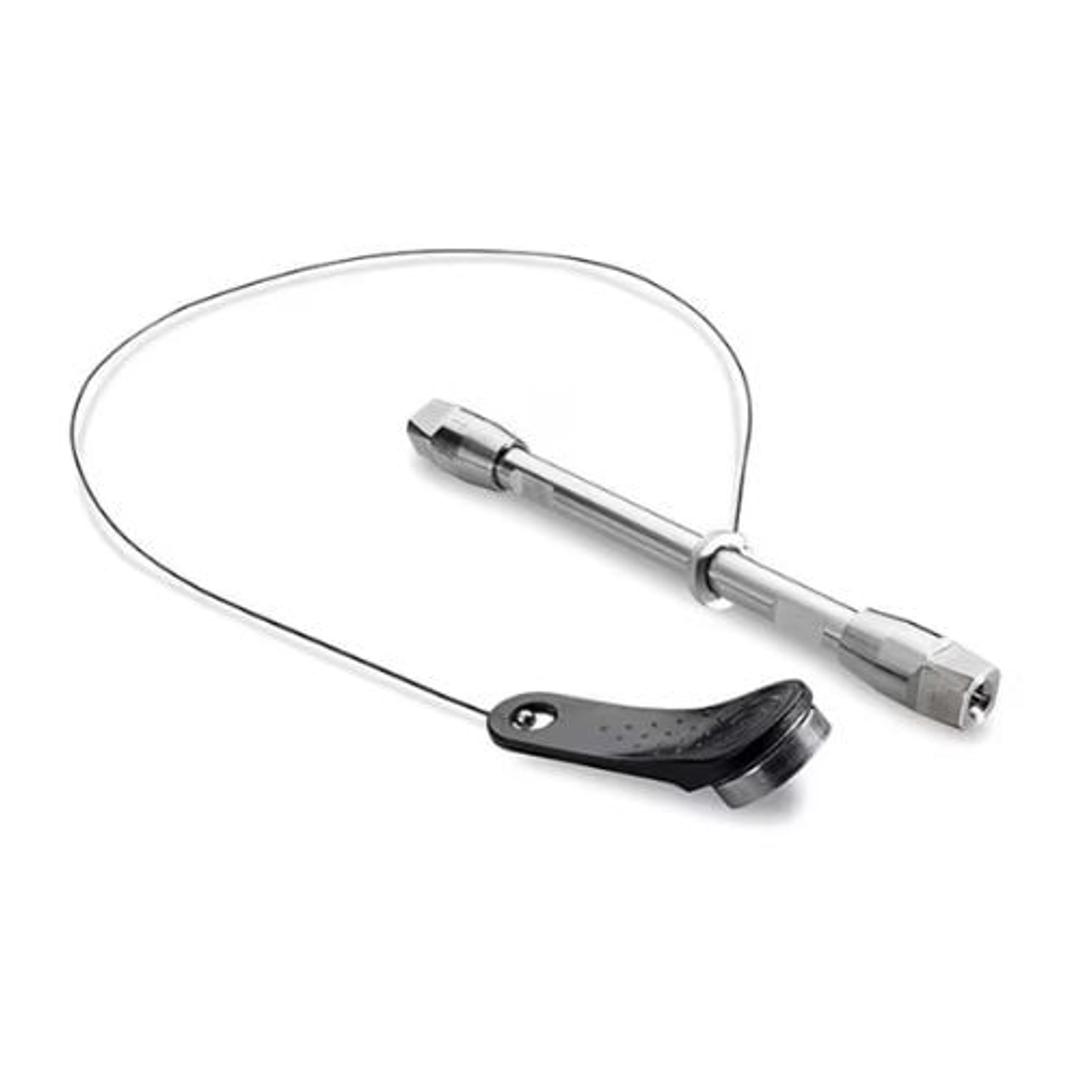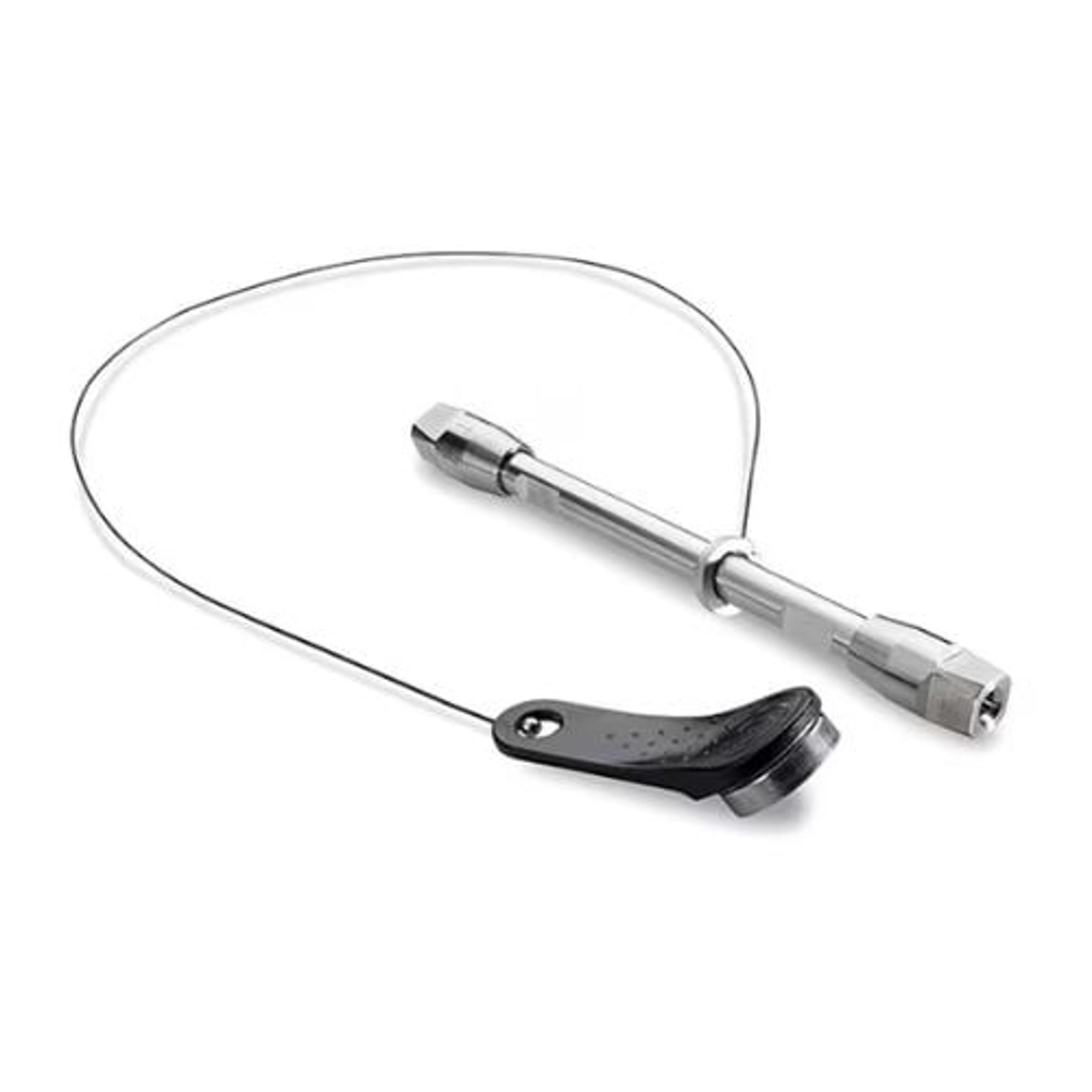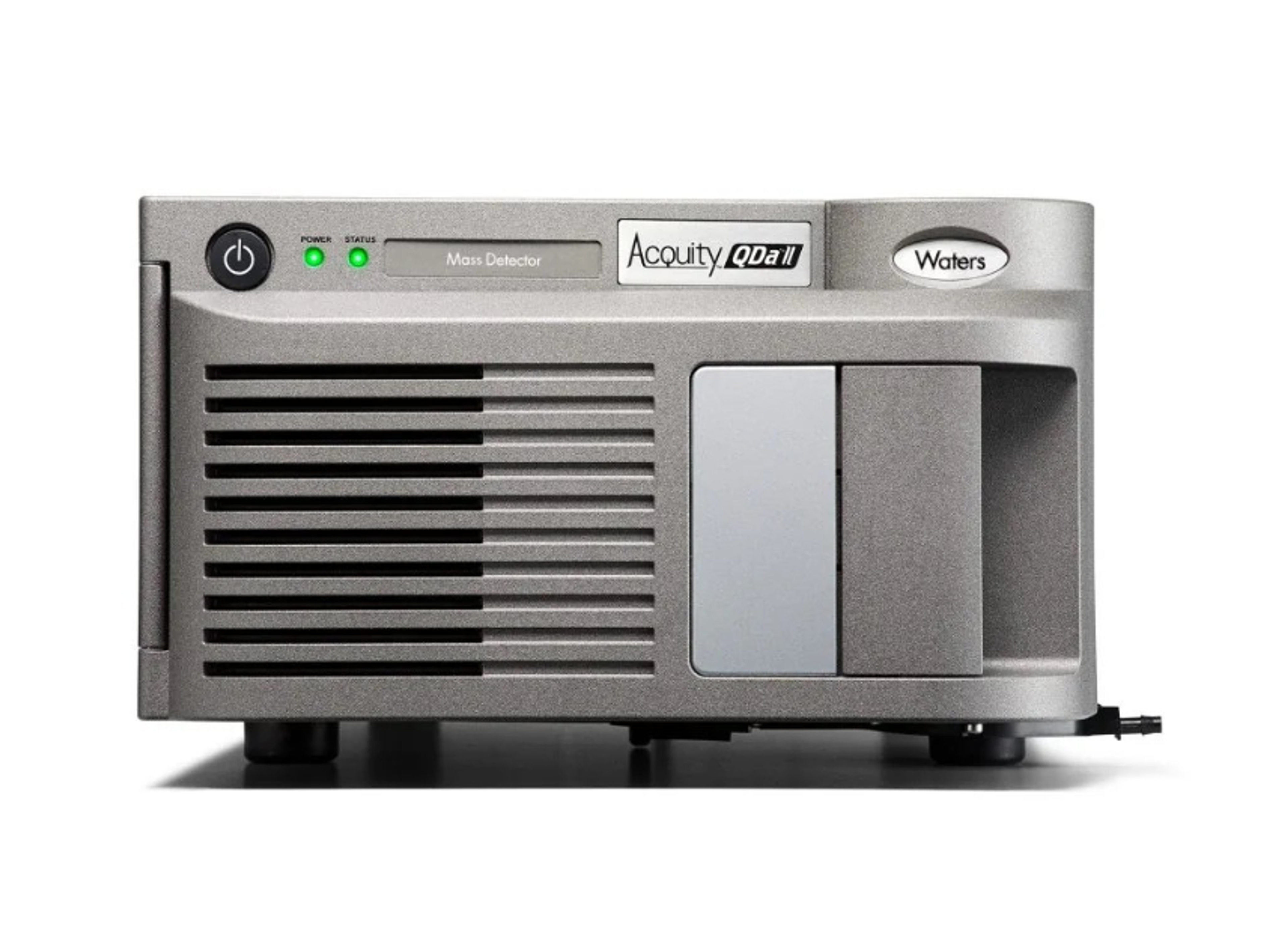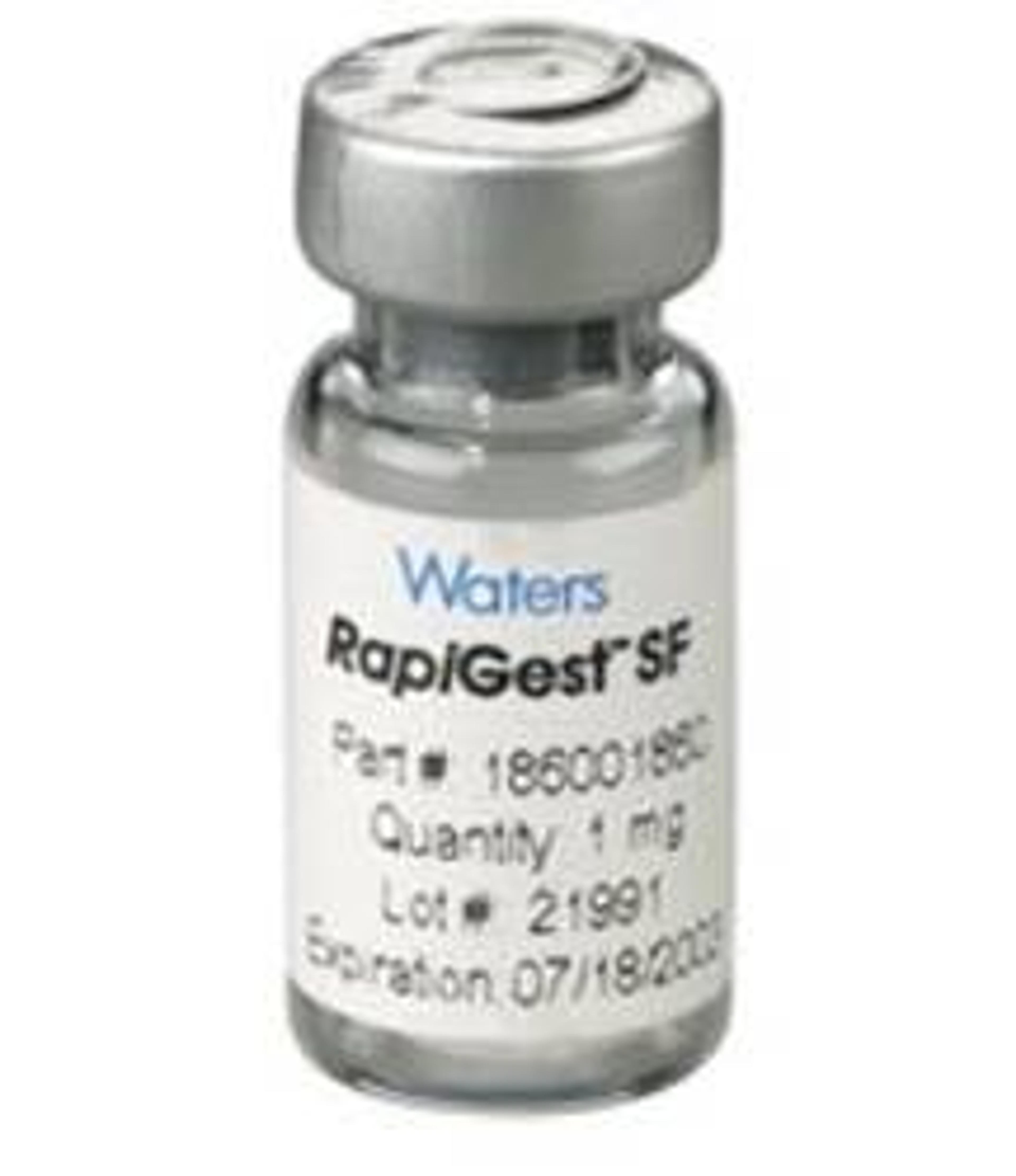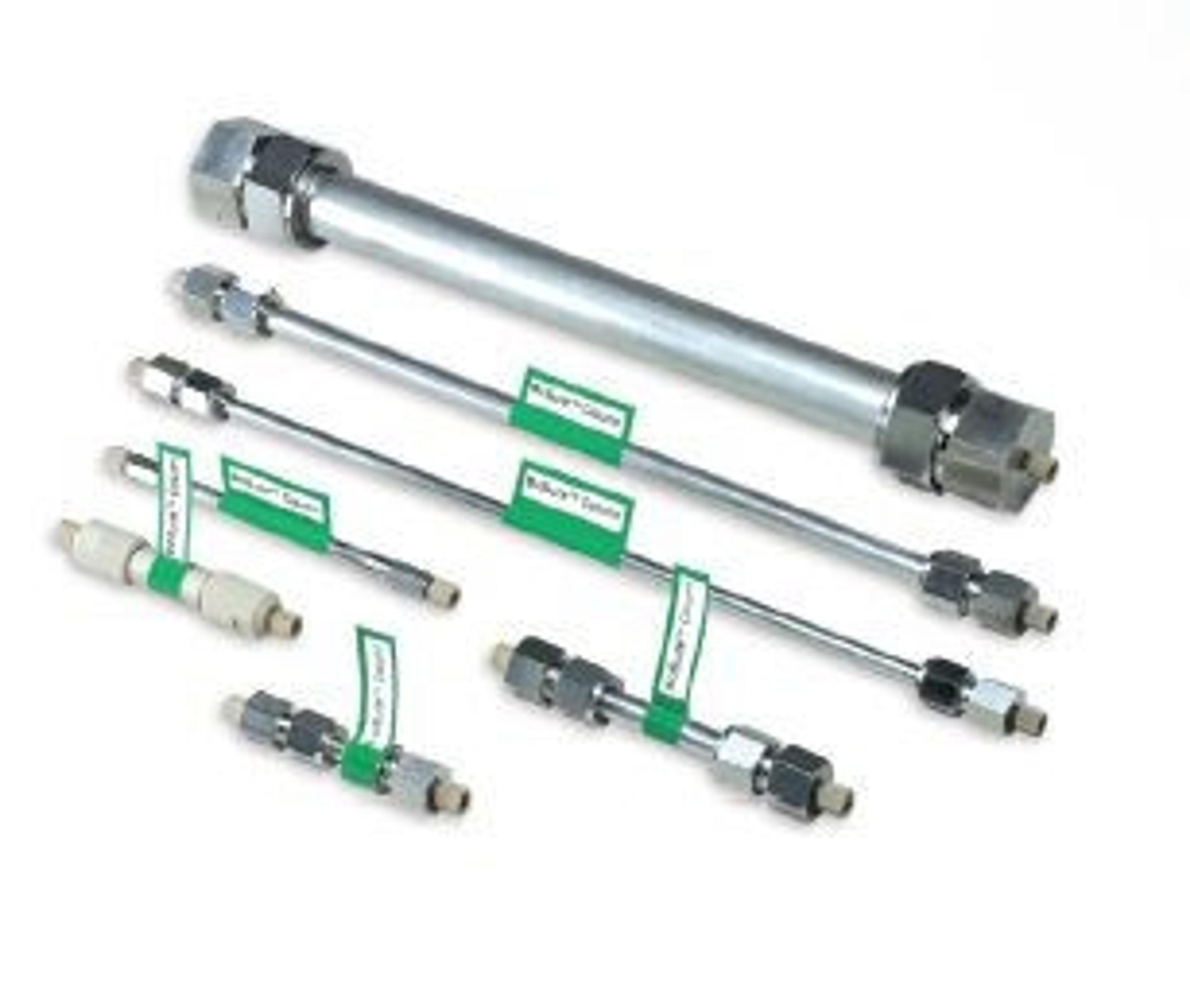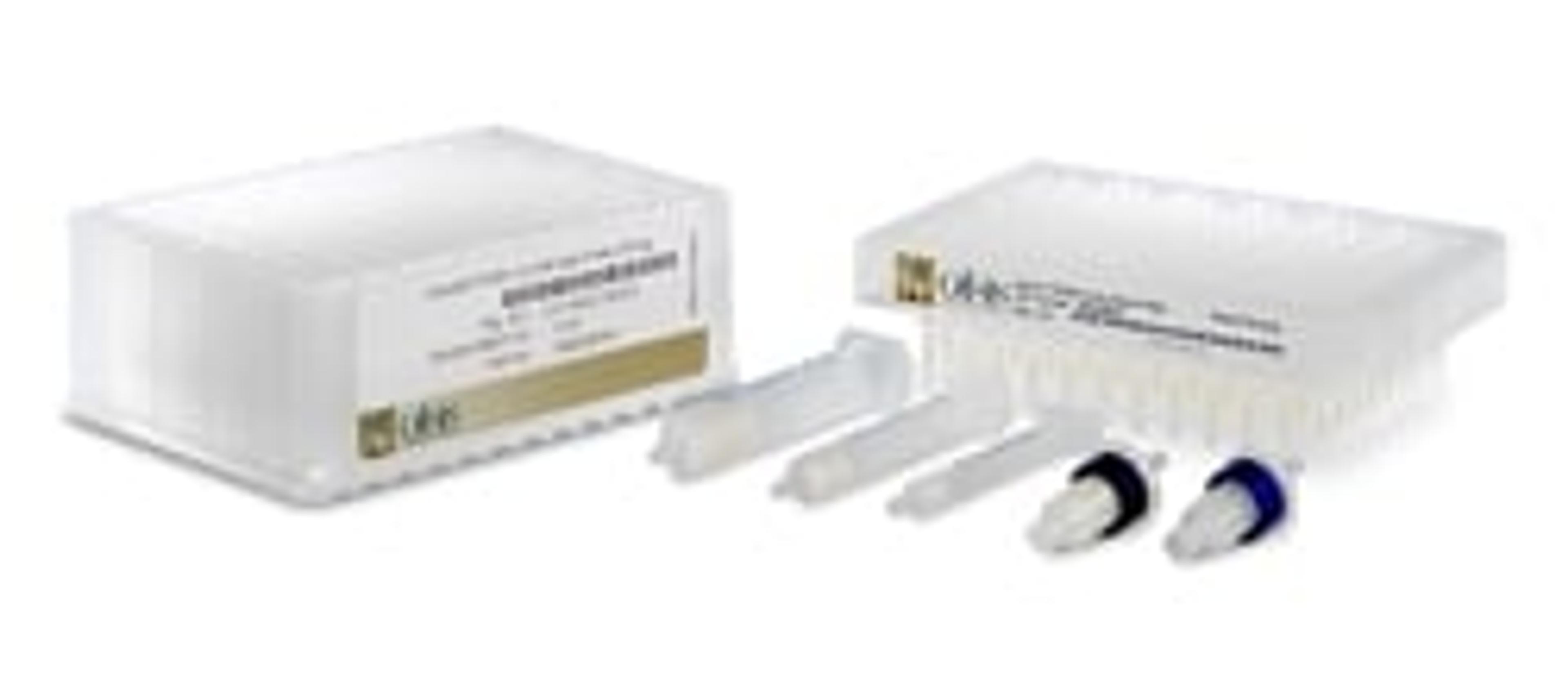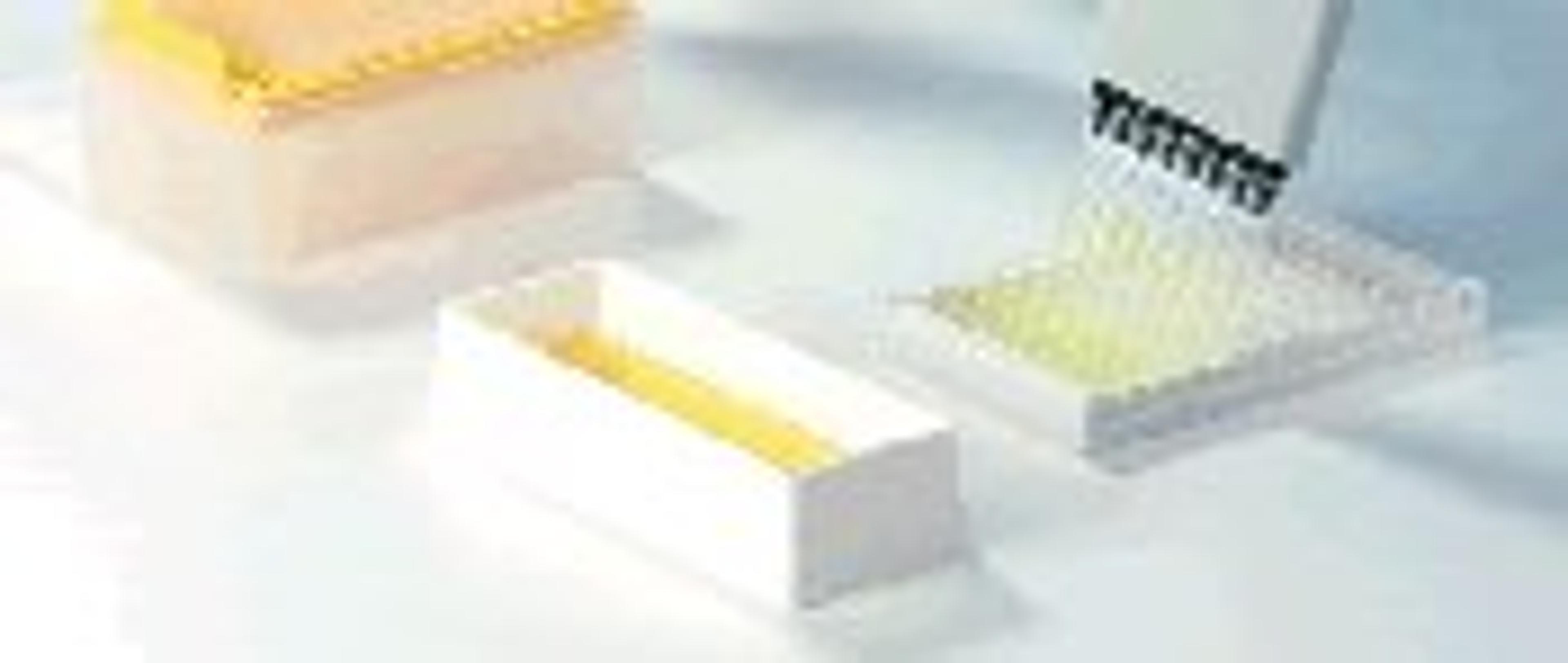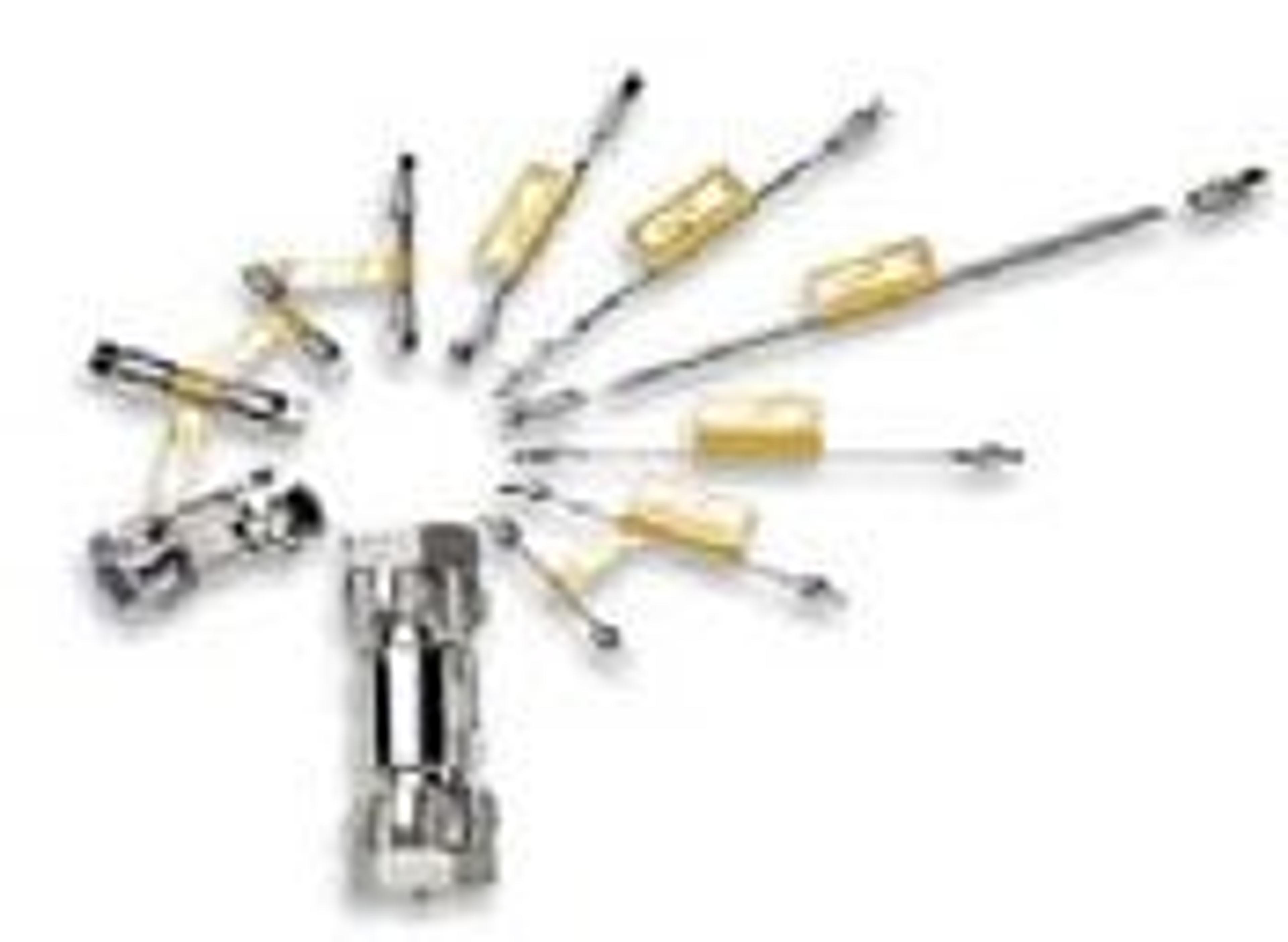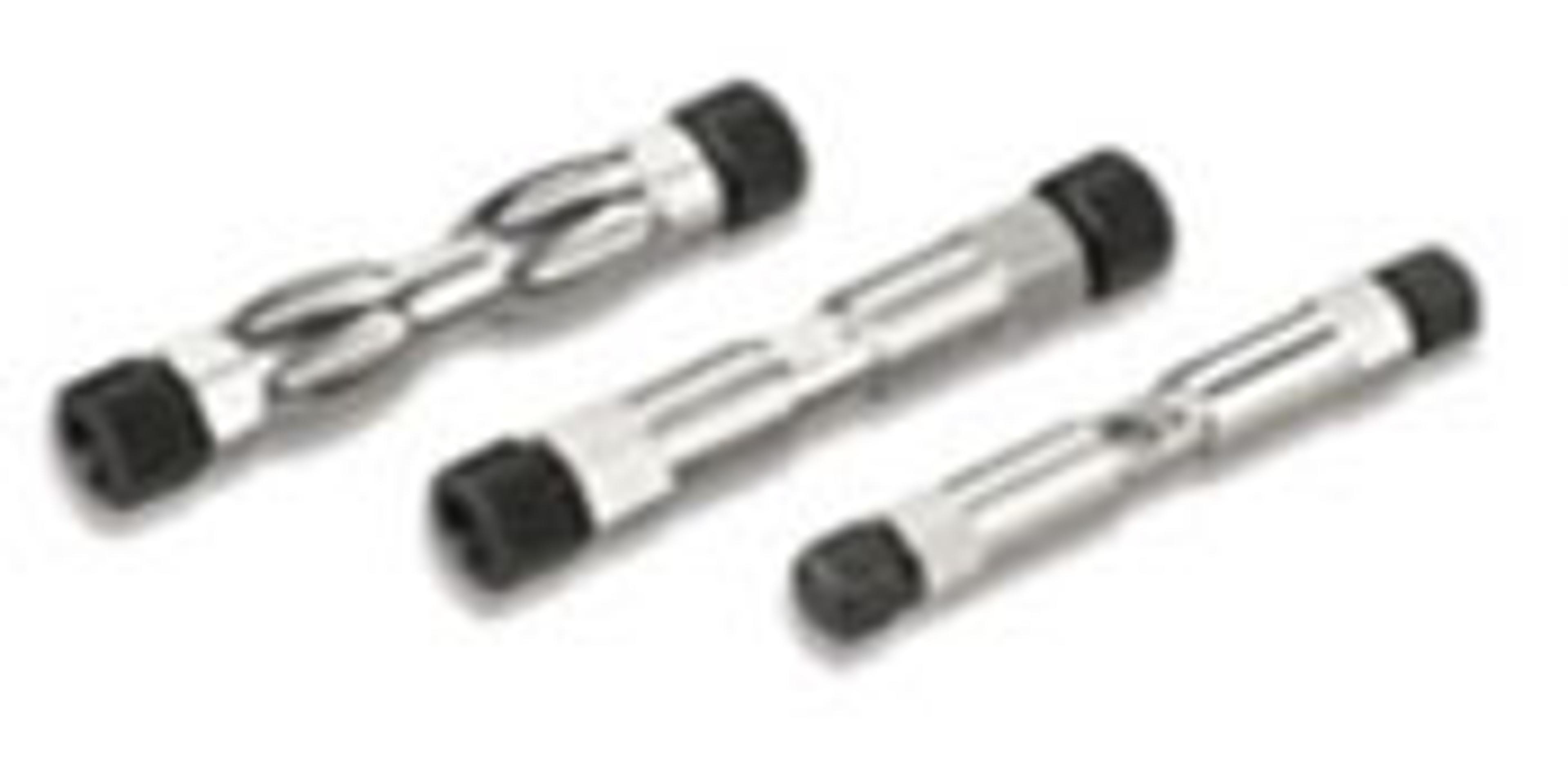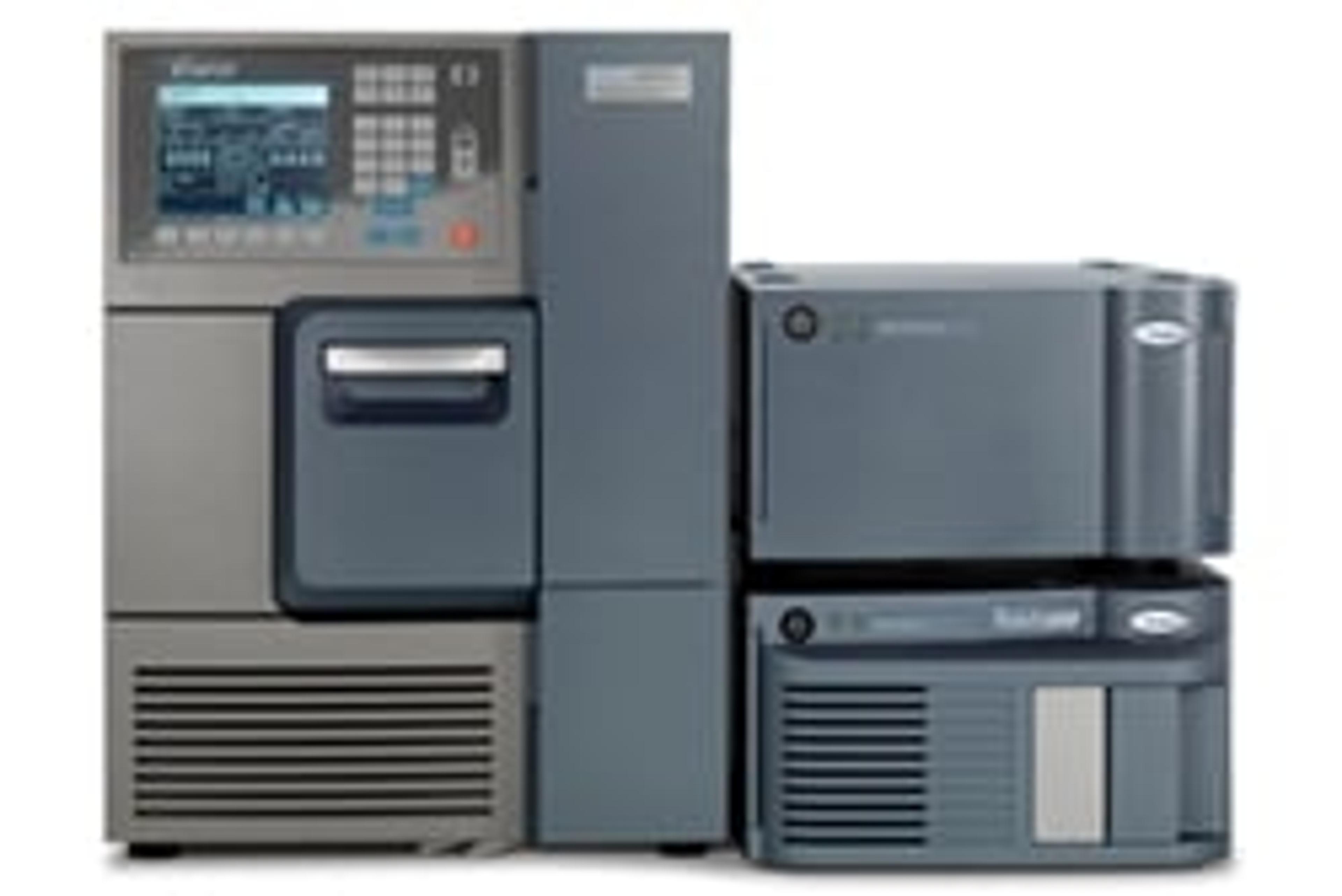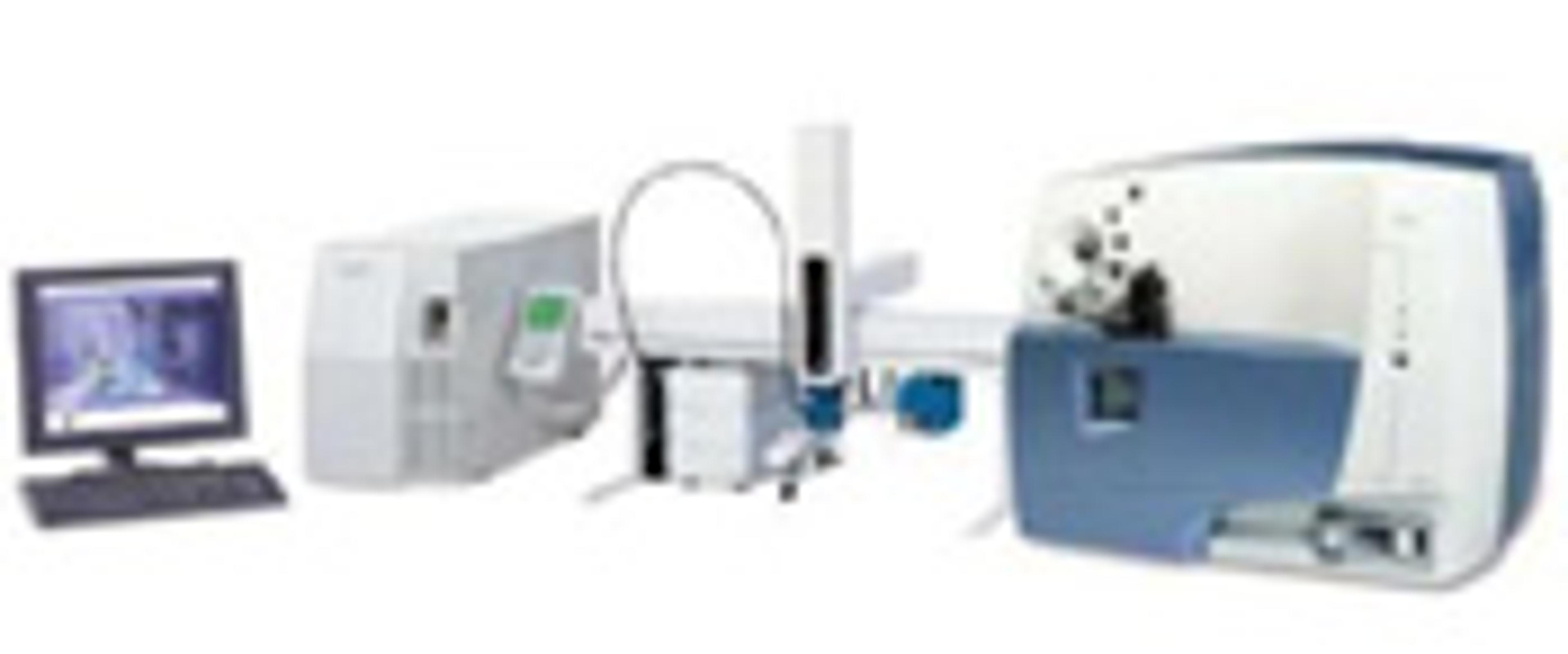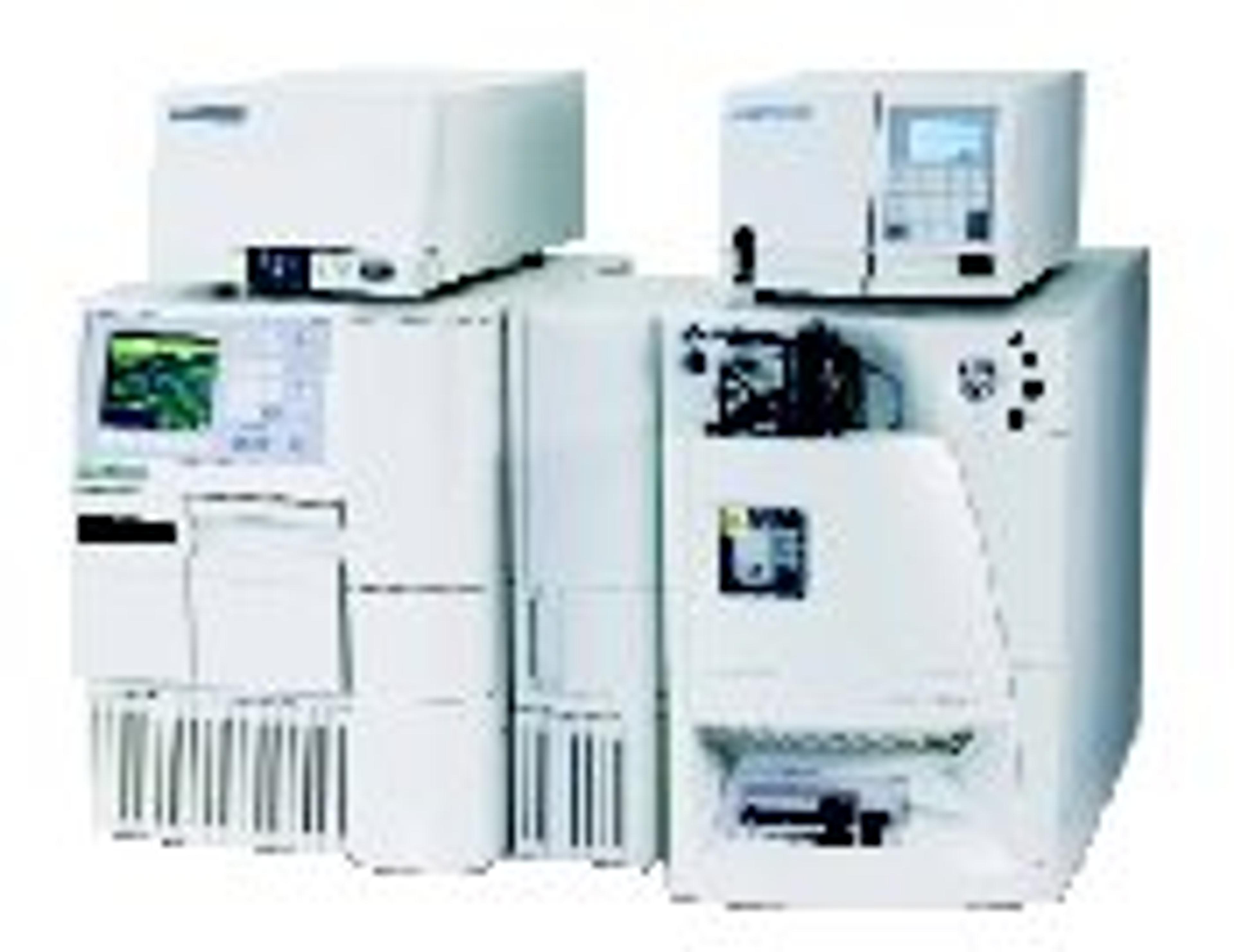Reversed-Phase Column for protein separations
More than just a column - A solution providing application-focused standards, methods, and exclusive support so you can easily and reliably achieve state-of-the-art separations.
Protein Reversed-Phase Columns
Reversed-phase chromatography of proteins, performed on columns packed with porous or coated, solid-core particles possessing wide pore size particles ( e.g., 300Å), and functionalized with short ligand length chemistries (e.g., C4), is a separation technique based on the ability to separate samples based on relative hydrophobic differences of the proteins in solution. Gradients of increasing organic solvent concentration are frequently used to affect separations in the presence of ion-pairing reagents (e.g., 0.1% TFA or 0.1% formic acid) that minimize undesired ionic interactions. In general, the hydrophobicity of the protein or protein subunit determines the elution order, with the least hydrophobic proteins eluting first. Factors such as particle composition, pore size, ligand type and density, as well as separation conditions (e.g., gradient duration, separation temperature, flow rate) all play important roles in obtaining a separation that meets application requirements.
BioResolve RP mAb Polyphenyl Columns
These 450Å, 2.7 µm columns were developed in response to shortcomings of existing reversed-phase columns designed for LC or LC-MS analysis of intact mAb or mAb subunits.
- Contain silica-based, solid core particles with defined 450Å pore coating for outstanding protein component resolution, recovery, and low injection-to-injection carryover
- Use innovative polyphenyl ligand and bonding technology (patent pending) to deliver superior intact mAb and subunits separations in LC (0.1% TFA) or LC-MS (0.02% TFA or 0.1% FA) applications
- Deliver near equivalent performance on HPLC, UHPLC, and UPLC instrumentation
- QC tested with a mAb subunit standard (i.e., Reduced IdeS-digested NIST mAb Reference Material 8671) to help ensure batch-to-batch column consistency

